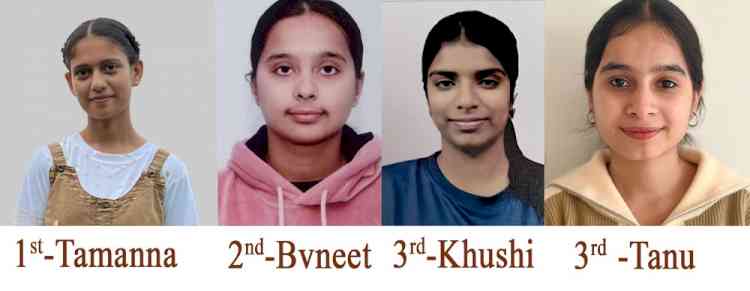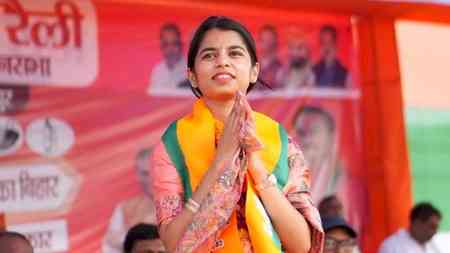Lectures on “Fundamentals of Buddhism and Marks of Existence” and “Non-Violence of Buddha and that of Gandhi”
Department of Gandhian and Peace studies organized two lectures on “Fundamentals of Buddhism and Marks of Existence” and “Non-Violence of Buddha and that of Gandhi” by Professor Vijay Kumar Singh, Department of Chinese and Tibetan Languages, Panjab University, Chandigarh. In his first lecture, he talked about three marks of existence mentioned in the verses of Dhammapada at number, 277, 278 and 279. These are Impermanence,Suffering and non-substance.

Chandigarh, October 13, 2023: Department of Gandhian and Peace studies organized two lectures on “Fundamentals of Buddhism and Marks of Existence” and “Non-Violence of Buddha and that of Gandhi” by Professor Vijay Kumar Singh, Department of Chinese and Tibetan Languages, Panjab University, Chandigarh. In his first lecture, he talked about three marks of existence mentioned in the verses of Dhammapada at number, 277, 278 and 279. These are Impermanence,Suffering and non-substance.
In his second lecture, he reminded Gandhi’s statement “Nonviolence means avoiding injury to anything on earth in thought, word or deed. The Buddha preached non-violence in three tier system. Apart from Gandhi who was a social and political catalyst of modern time, the Buddha’s thrust was to act on the innermost of the human consciousness as he was propagator of his newly found religious system. Therefore, it will be interesting to understand the points of view and practice of non-violence of the Buddha and that of Mahatma Gandhi. Politics was not for the Buddha. He preferred to call himself a path finder and medical practitioner and the sole aim of his teaching was the eradication of suffering where Gandhi immediate aim was the independence of India, although the remote aim was definitely the establishment of what he refers to it as Ramarajya, or people's sovereignty based solely on moral authority. The Buddha’s non-violence was the basics code of conduct of his teaching and the Gandhi non-violence was the way to find the independence of India by upliftment of soul.
Various points are available to be taken into consideration while comparing these two doyens of social engineering. In Buddhism ten non-meritorious deeds (Akushal Dhamma) and four Brahma Viharas are there whereas Gandhi Satyagraha was his tool to get his aim.The lectures were well attended by the students of the department.


 City Air News
City Air News 











